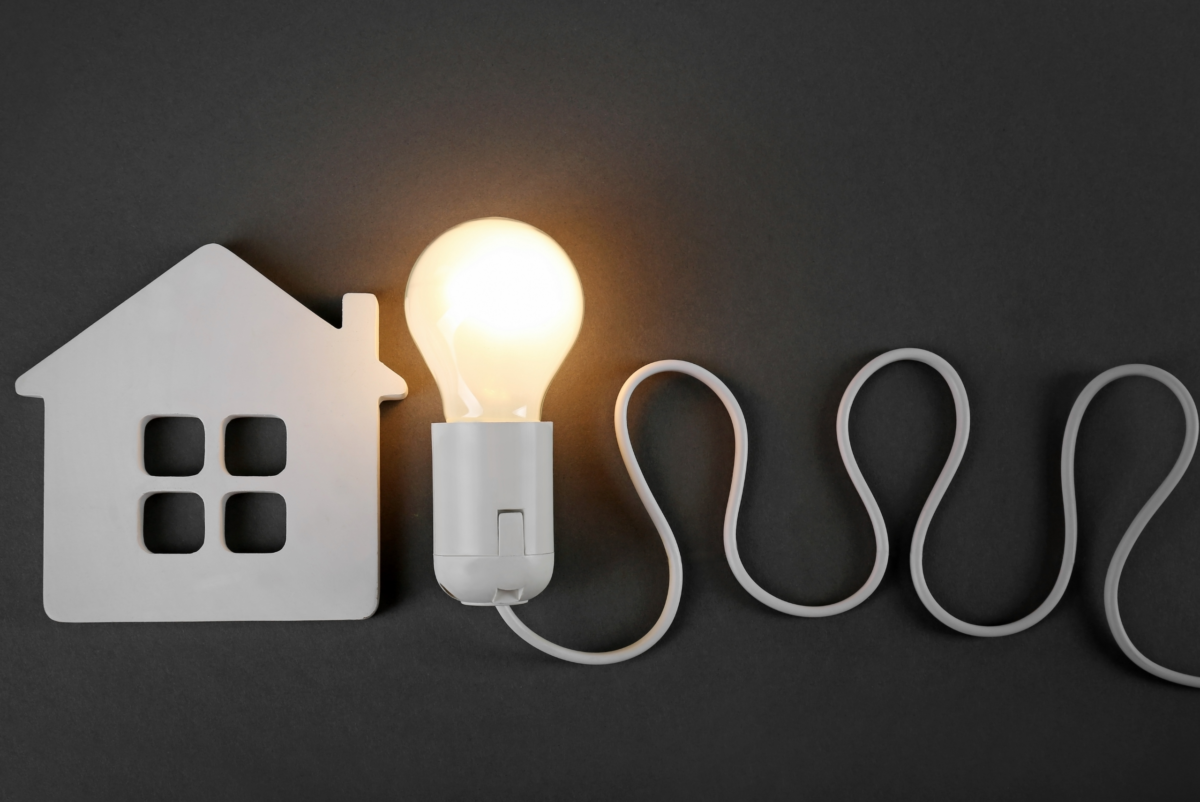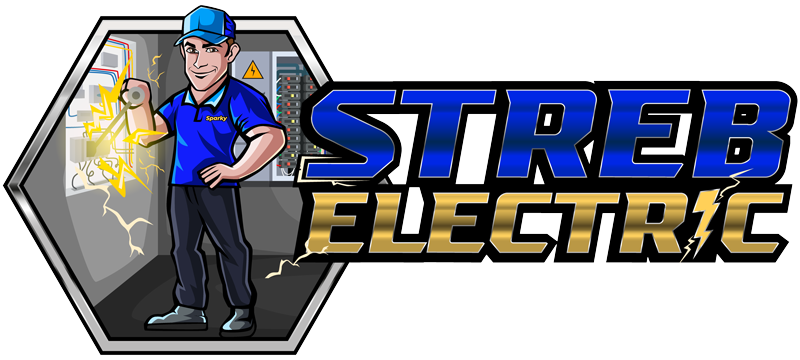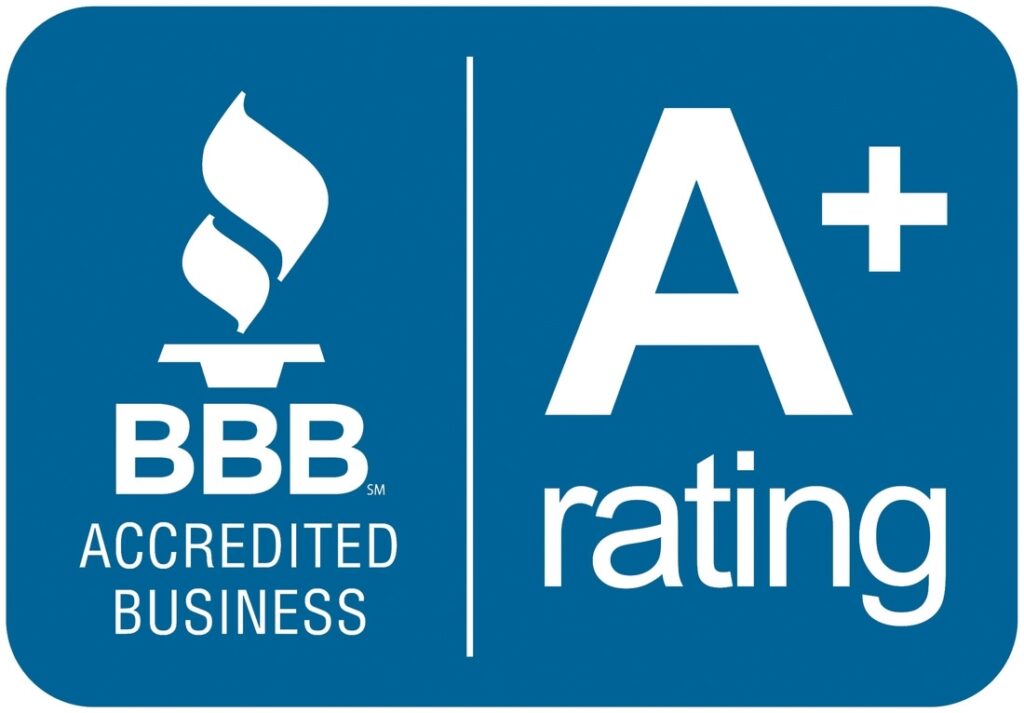7 Home Electrical Safety Tips Everyone Should Know

Between aging wiring and upgrading to new appliances, it’s essential to keep a close eye on the electrical health of your home.
Electricity keeps our lives moving from blow-drying our hair before work to celebrating our new air fryer.
But here’s the tricky part:
Electrical fires are the second-leading cause of home fires in the USA, primarily due to aging wiring systems and a growing dependency on electronics.
Whether you’ve just moved into a new space or are looking to give your current home a much-needed self-inspection, here are the top tips to keep your home safe from common electrical dangers.
1. Perform a Home Electricity Check-Up
Electrical Safety Foundation International suggests scheduling routine check-ups on your home’s power setup. We’re talking about everything under your control, such as plugs, appliances, bulbs, and surge protectors.
Move from room to room to confirm:
- All plugs and switches work properly
- Plugs fit snugly into your outlets
- Light bulbs match the wattage of your lamps
- Fuses are appropriately turned to the on position
- Major appliances, space heaters, and A.C. units connect to the wall outlet (not surge protectors or extension cords)
- Wires do not run under rugs or up against furniture
- Wires are not pinched by staples, nails, windows, or doors
- Cords are damage-free and property intact
- All products feature the seal of the Underwriters Laboratory (U.L.)
- Appliances and wiring do not come in contact with water
As for electrical issues outside your control—it’s crucial to work with a licensed electrician instead of attempting repairs or further inspection yourself.
Color Codes: All home electrical wires made in the USA have standard color codes—NFPA 70, National Electrical Code (NEC)—set up by the National National Fire Protection Association.
Each color identifies the function of the wire in the circuit. Never attempt to repair a faulty switch, change an overhead light fixture, or splice wires.
How To Identify Different Electrical Wires by Their Color Codes
• Electrical wires are wrapped in colored insulating casings to indicate each wire’s purpose.
• Green, green with yellow stripe, or bare copper are ground wires.
• Black wires are hot wires running to the switch’s electrical outlet.
• Red wires are hot wires standard in a 240-volt outlet or when a wall switch controls the outlet.
• Blue and yellow wires are hot wires for ceiling fans and three- or four-way switches.
• White or gray electrical wires are neutral wires.
There’s a reason for that rainbow of wires.
It’s important to note that working with any electrical wiring is typically best left to a professional and can be very dangerous. Proceed with caution.
2. Know the Warning Signs
You could follow all the proper safety rules when plugging in and caring for your home’s wiring and still end up with an issue hidden out of sight. For example, older wiring—such as knob-and-tube wiring in older homes—can lead to problems over time due to frayed cords or incorrect alterations.
Keep your eyes, ears, and nose out for these red flags of electrical problems in your home:
• Buzzing sounds from appliances, walls, lamps, or wiring
• Warm light switches, electrical outlets, or areas around ceiling lamps
• Weird odors surrounding electrical units
• Breakers frequently tripping
• Outlets that spark
• Flickering lights or bulbs that burn out quickly
• Signs of pest teeth marks in wires or animal droppings nearby
3. Avoid Electrical Overloads
In addition to keeping an eye out for electrical issues, how do you prevent them from happening in the first place? Start by understanding how much an electrical outlet can handle and how to avoid overloading your system. Most outlets can take between 15 and 20 amps of power, so monitoring each item’s power level is essential.
We know how tempting it is to fit just one more plug into that surge protector or to hook up a Griswold Family level of holiday lights to one outlet. However, overloaded systems are one of the top culprits of electrical fires.
For example, avoid plugging any of the following into a surge protector or extension cord:
• Air conditioners
• Space heaters
• Refrigerators
• Microwaves
• Toasters
• Hairdryers
• Curling irons
• Sump pumps
• Slow cookers
• Air fryers
• Pressure cookers
You should never plug one extension cord into another or extend a power strip with another.
A quick note on extension cords: If you rely on them throughout your home, you may need more sockets and electrical capacity. Contact an electrician at Streb Electric to speak about proper wiring.
4. Reconsider DIY
Electrical repairs or alterations can stop us in our tracks, and for good reason. When wiring comes into the picture, we recommend contacting Streb Electric professionals to oversee and complete the project.
If you need to complete a simple DIY appliance project, like cleaning your oven or replacing a garbage disposal, always switch off the breaker to that area of your home before working.
Unplug all appliances and lamps before making simple alterations—even changing a bulb.
Anything past this requires the help of a pro to avoid shock hazards, fires, or electrical wiring issues that affect the rest of your home.
5. Unplug Unused Appliances
If you do not always need an appliance—such as a slow cooker, hair straightener, or blender—unplug it when not in use. Be sure to safely store the cord and item away from children and pets.
If you’re headed away on vacation, consider unplugging energy-sapping electronics like modems, computers, and chargers.
6. Consider an Arc Fault Protection Interrupter (ACFI)
Arc faults cause a whopping 30,000 home fires throughout the U.S. each year, according to the ESFI. Since the issue stems from damaged wires, outlets, and appliances, you’ll likely encounter arc faults in older or poorly wired homes.
Arc fault protection interrupters can detect the moment this damaging fault occurs, cutting off power before problems worsen. A handful of states currently require AFCIs in new home constructions, but you can hire Streb Electric electricians for installation.
7. Childproof Your Outlets
Tamper Resistant Receptacles, or TRRs, are the long-term answer to covering outlets from small curious hands. If you have little ones in the house, TRRs add a spring-loaded cover to outlets to keep someone from inserting unwanted objects into the wall.
Electrical safety goes far beyond avoiding a tripped breaker or a power surge to your laptop. By paying close attention to your home’s wiring, earn peace of mind that you’re doing all you can to prevent this common offender of home fires.
The Streb Electric Safety and Savings Plan is a private membership service club that serves an exclusive group of our clients. We offer it only to people like you who really love your home and want to protect it from unexpected electrical breakdowns. The Safety and Savings Plan is electrical security for your home!
Streb Electric offers a wide range of electrician services, including electrical panel changes or upgrades, correction of violations, electrical safety inspections, energy saving lighting controls, whole house surge protection, and much more. Call us today, and we will help you keep your home safe.







